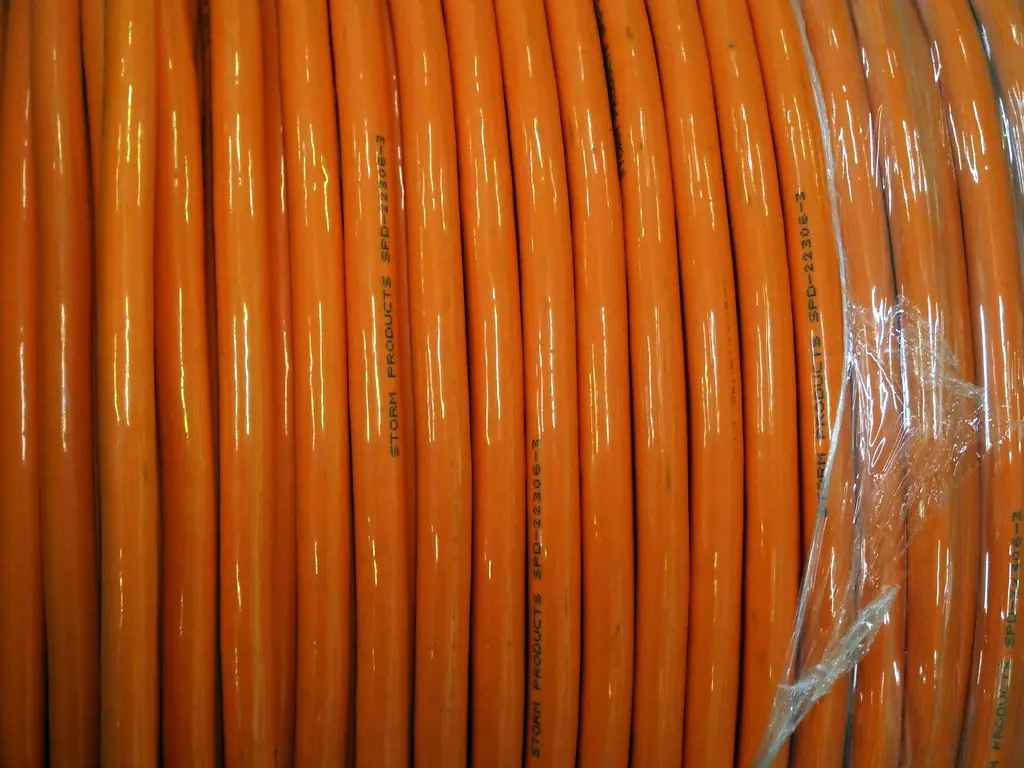Google and Facebook jointly build a new subsea cable from Japan to Southeast Asia
Nico Roehrich, Facebook’s Manager, Network Investments, wrote a blog about Facebook’s latest investment in a subsea cable.
This subsea cable is jointly invested and constructed by Google and the social network giant Facebook, which mainly connects Japan and Southeast Asia and provides ultra-high-speed network connections.
For Google, this submarine optical cable helps to provide higher flexibility for Google’s cloud computing platform and lower network latency for Japanese and Southeast Asian companies.

“Subsea cable” by Travelling Steve is licensed under CC BY-NC-SA 2.0
For Facebook, the submarine optical cable is used to improve the reliability of Facebook’s social network, providing users with fast loading of social network pages and communicating with friends at any time.
The subsea cable system, called Apricot, has a length of 12,000 kilometers. It will connect Japan, Taiwan, Guam, the Philippines, Indonesia, and Singapore.
Facebook stated that the submarine optical cable uses advanced underwater reconfigurable optical add/drop multiplexers, wavelength selective switches, and flexible configuration based on space division multiplexing design.
The Apricot subsea cable system is expected to be completed and put into production in 2024. Its initial design capacity is 190 terabits per second and supports the connection of the existing subsea cable.
After being put into production, it can meet the growing data demand in Japan and Southeast Asia, including 4G, 5G, and wired broadband connections, and reduce network delays in Southeast Asia.
The new submarine optical cable can meet the network connection needs of Facebook’s data center, so as to provide users in Japan and Southeast Asia with a better network experience.
Google mainly wants these submarine optical cables to improve the availability of Google cloud computing, including providing lower latency and higher bandwidth capacity for Google data centers.
Via: Bloomberg





